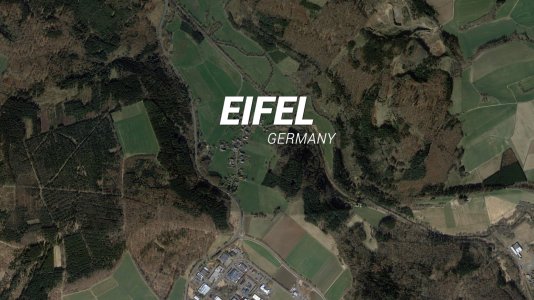Np, and don't worry, I've also started skinning about two months ago in AC with this car, and face the most of the same challenges as you. The previous time I've done something similar was more than 10 years ago, and life was simple as 1K .bmp files on IL-2.

English isn't my main language, but I'll try to explain the first part of the previous post a bit better:
These DDS files are saved with DXT compression to spare vram on your GPU. This same compression causes those artifacts (being red to black transitions critical), but in a 4K texture they are less noticeable at close distance because of its high resolution. But if you initially saved your texture at 2K instead (1/4th it's resolution, at 2048x2048px like Kunos cars) you'd notice them immediately when the camera is close.
After the car is loaded with your original 4K skin and you move the camera away, after a precise distance the game will show progressively lower resolution versions of the main 4K texture(s) to free up resources. These are called mip-maps (each 1/4 the size of the previous one), and you included 8 on your original dxt5 .dds file (so it includes 4K, 2K, 1K, 512, 256, 128, 64, 32, and finally 16x16px; a grand total of 9 versions of your skin). But even if you don't add them, AC will create them on-the-fly with matching compression while loading the car, adding to the skin's loading time.
The first mip-map that will appear when you move the camera away is the 2K version of your texture were you can spot those jagged artifacts clearly, even if they already happened more subtly when the 4K texture was still seen.
If instead of the current DXT5 8bpp ARGB format, you selected 8.8.8.8 32bpp ARGB (which suffers no compression), a much larger .dds file will be created and then those problems won't show either on main skin, or its mip-maps. So when the 2K version of your texture pops in the screen, it'll have no compression artifacts, and will look as you wished. But the payoff is a huge vram usage for such uncompressed textures.
So, in the end, and due to my limited knowledge, what I proposed you was simply to avoid abrupt red to black transitions in places where those artifacts are prone to occur (mostly on these long diagonal shapes), by using another color between red and black.
View attachment 135302 View attachment 135303 View attachment 135304
Can somebody help me? some photos of the problem:









